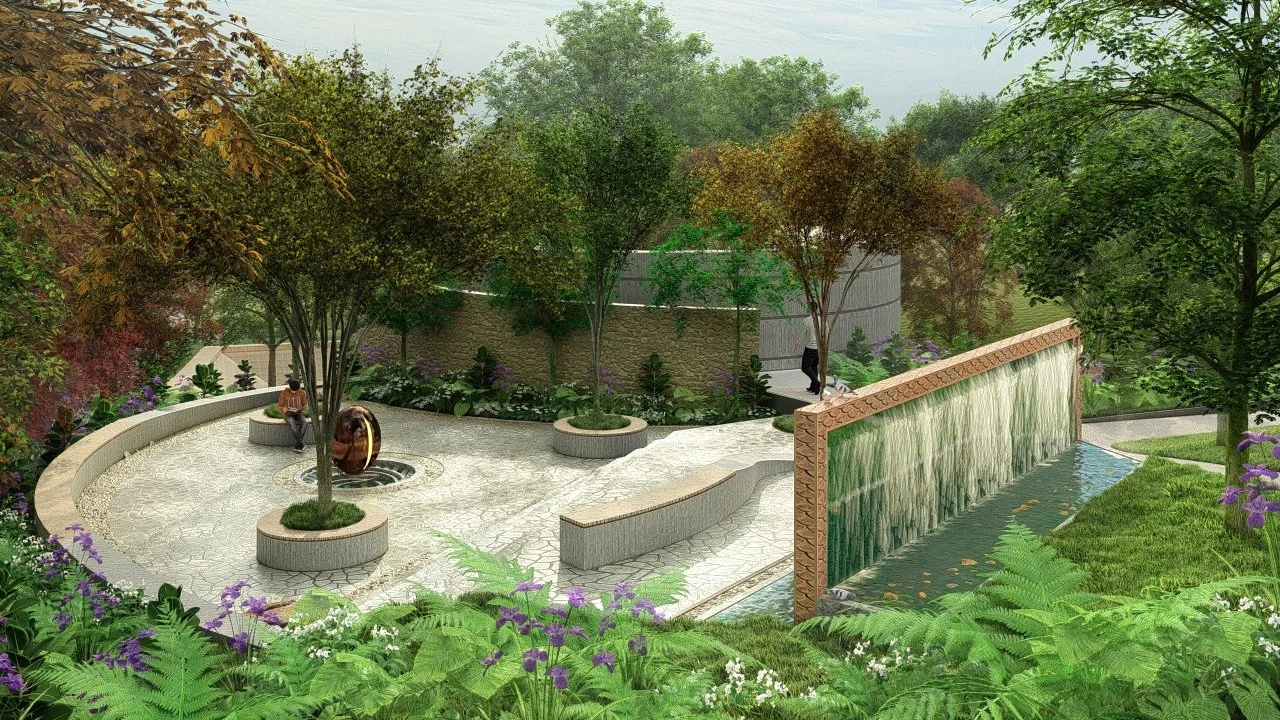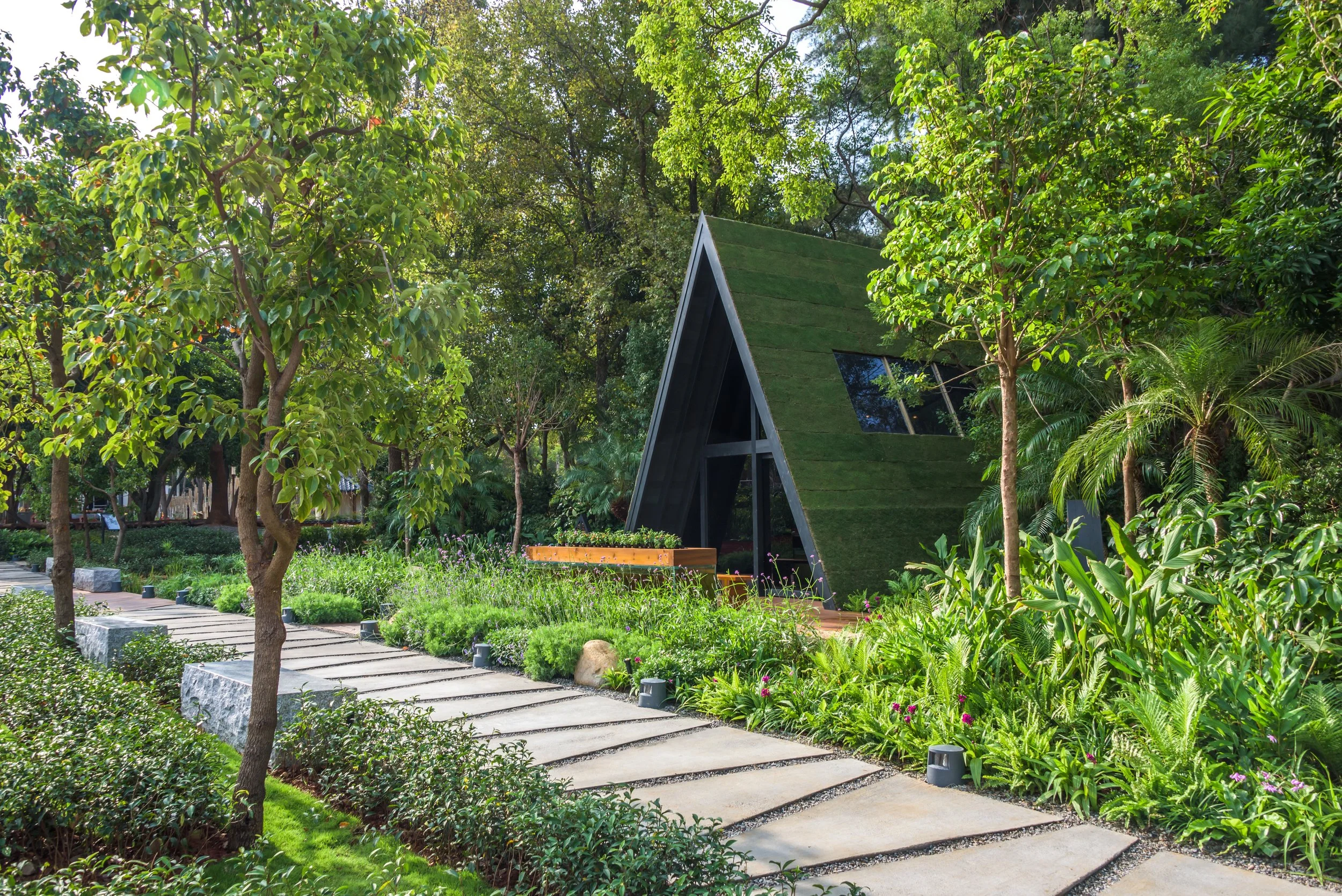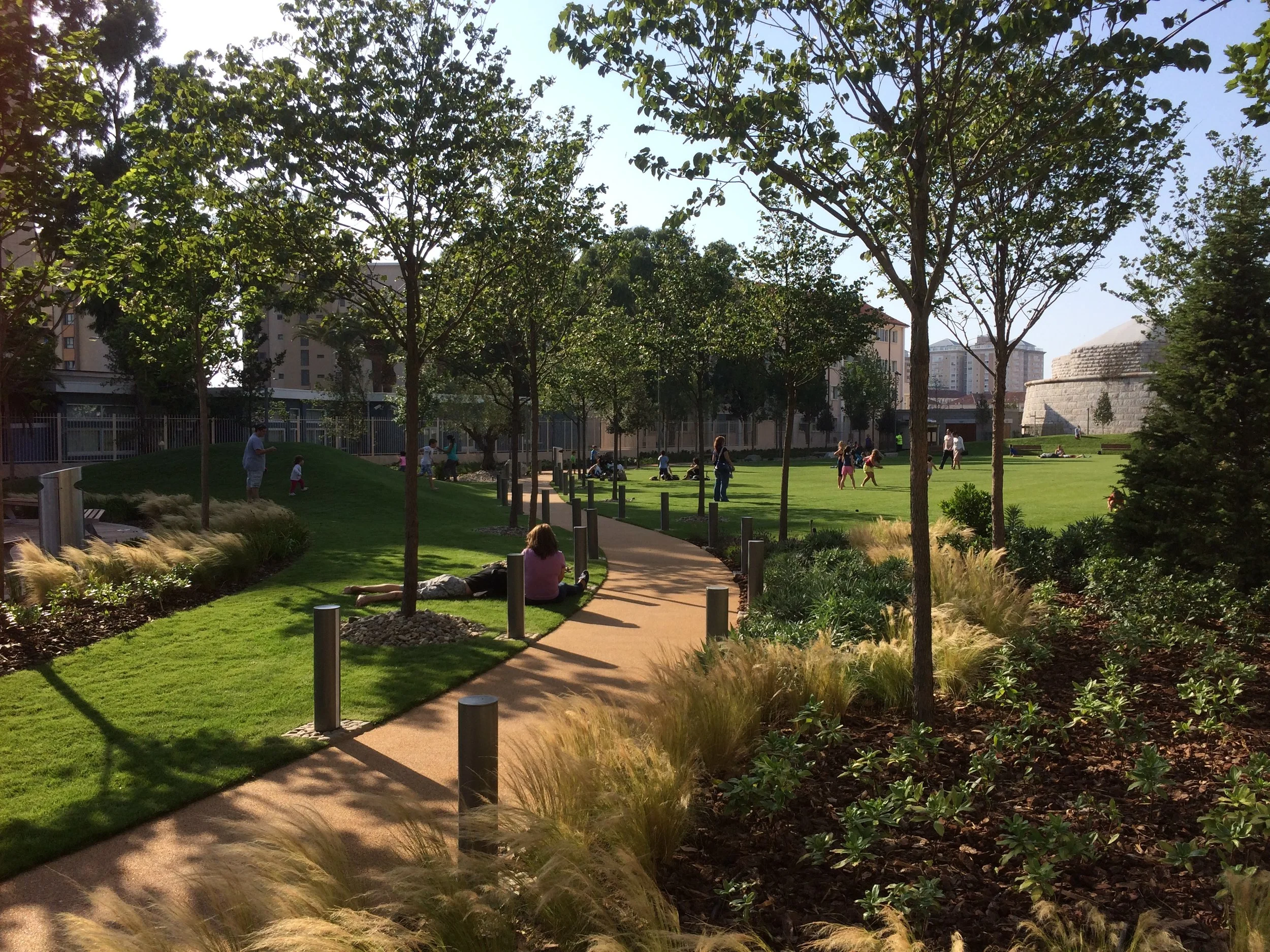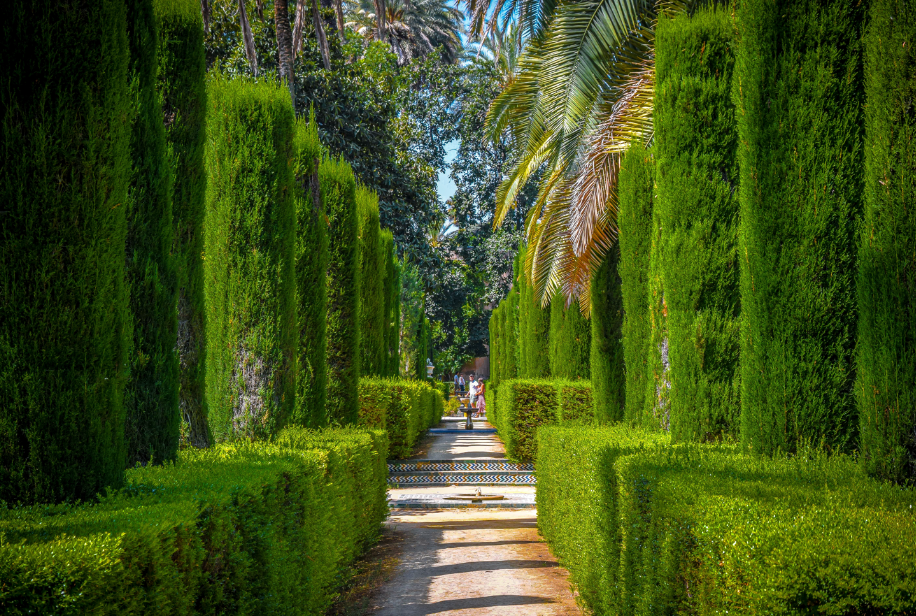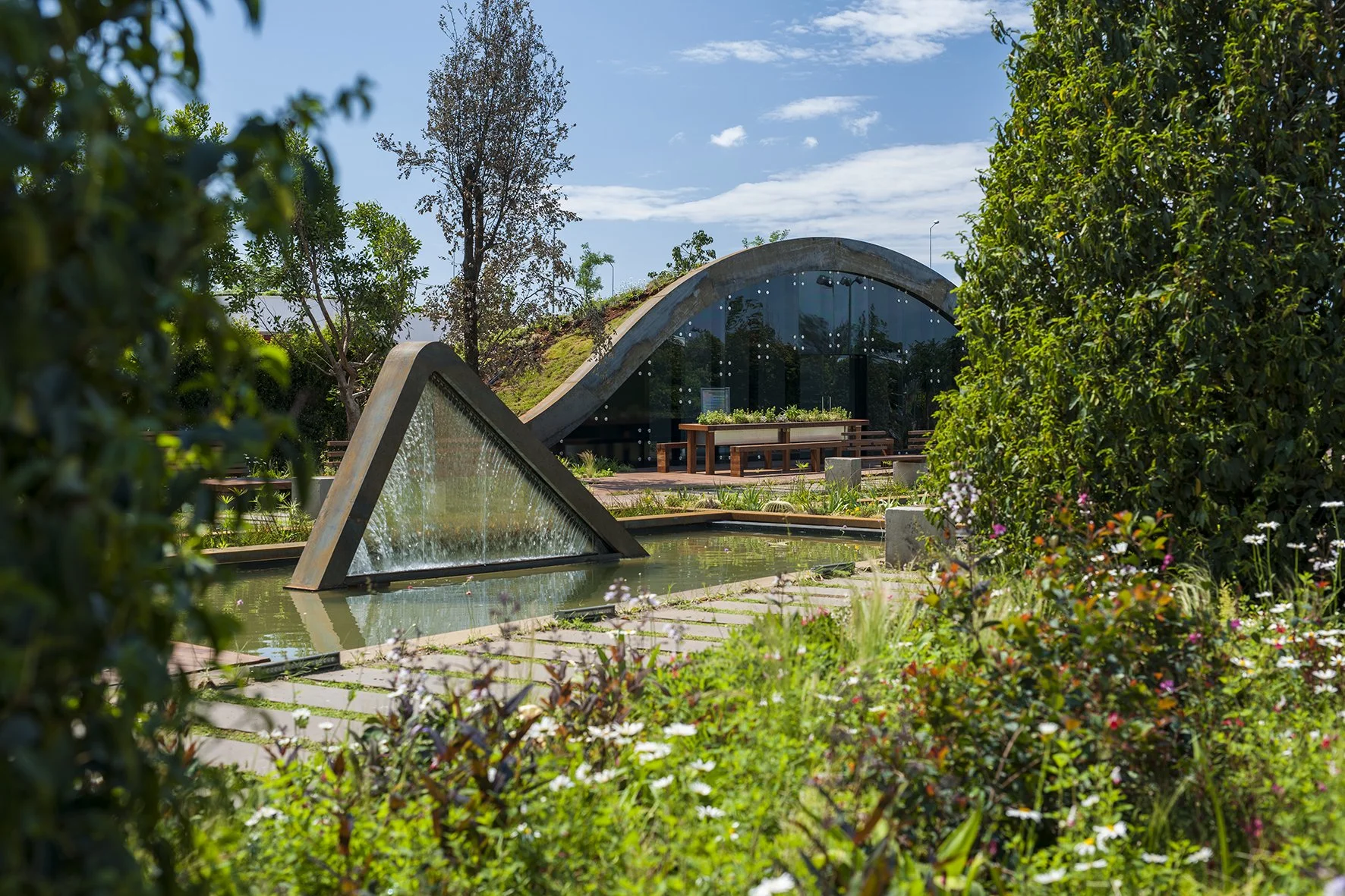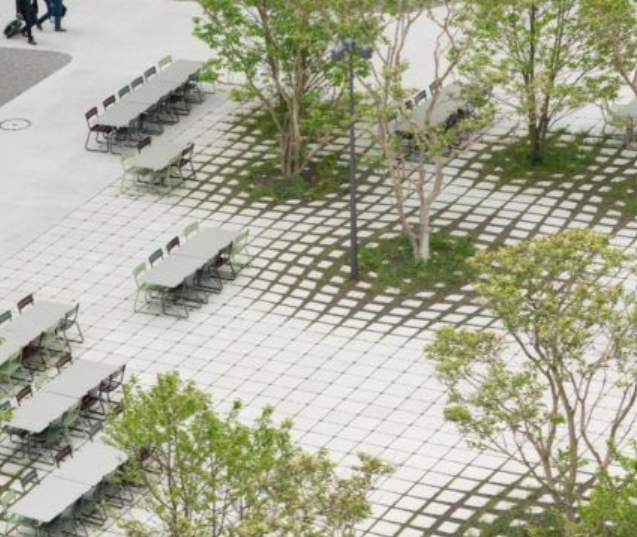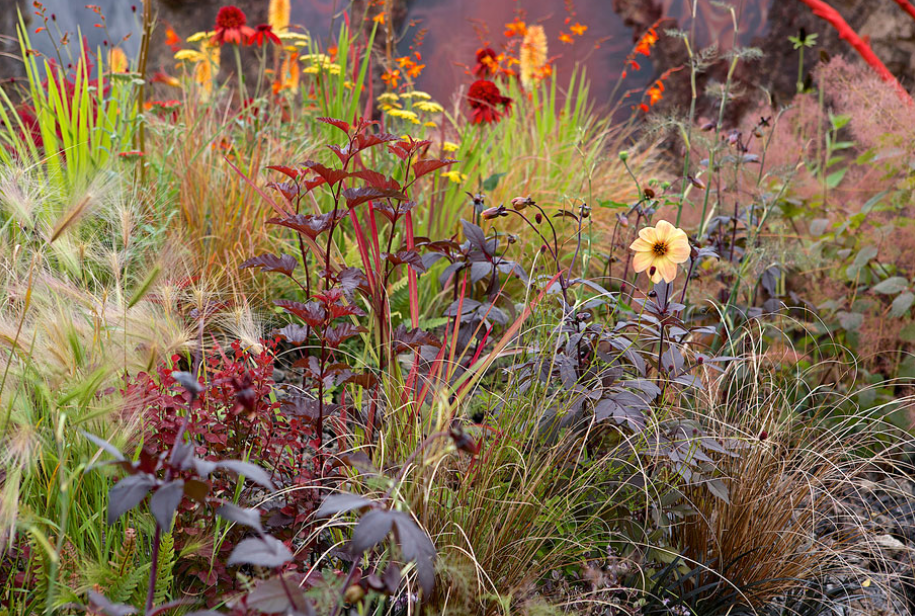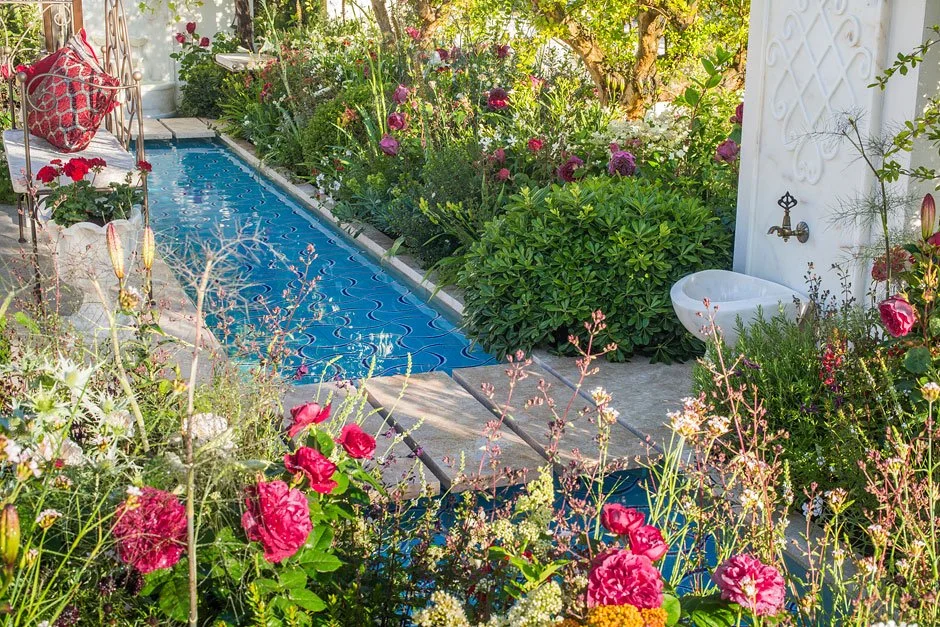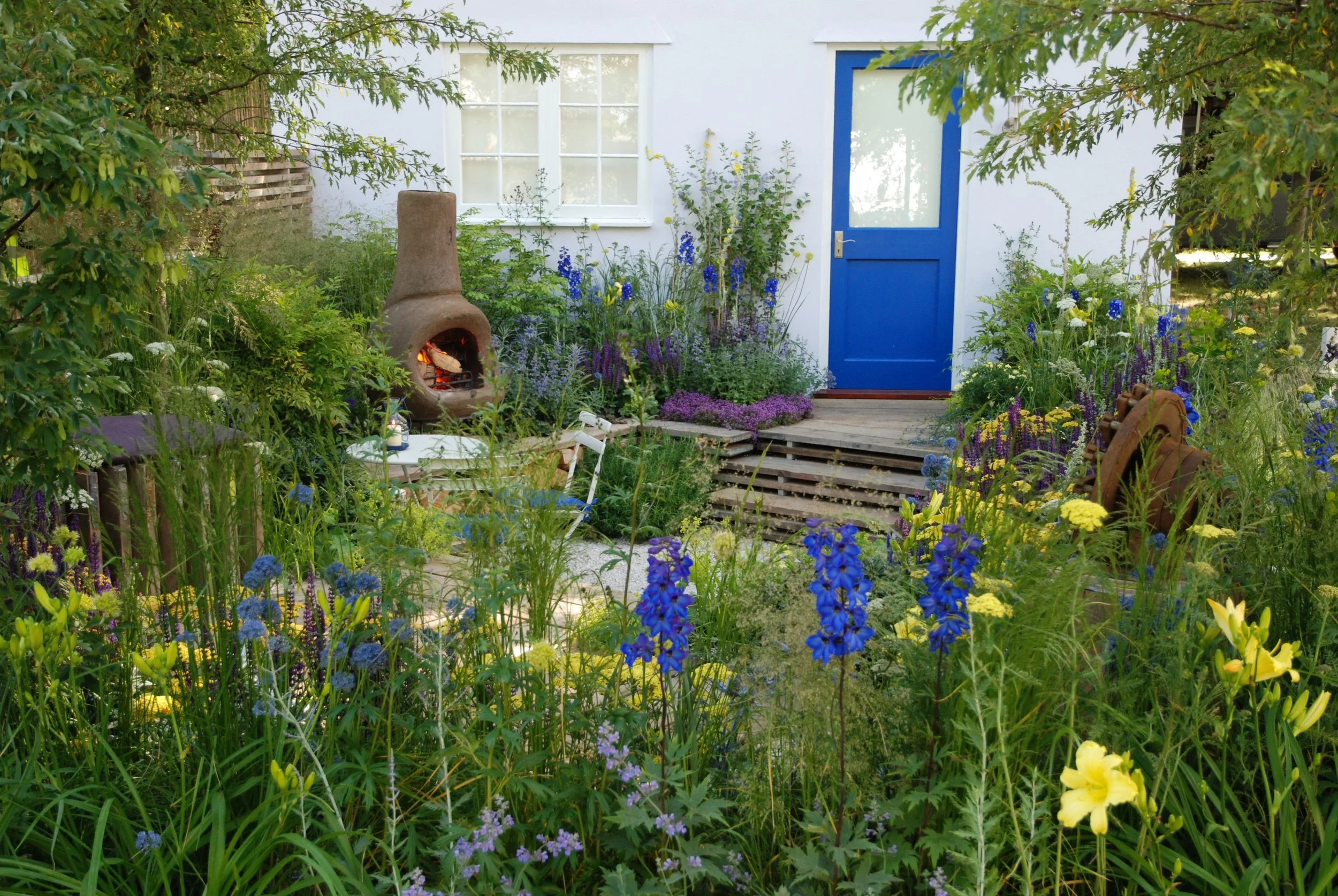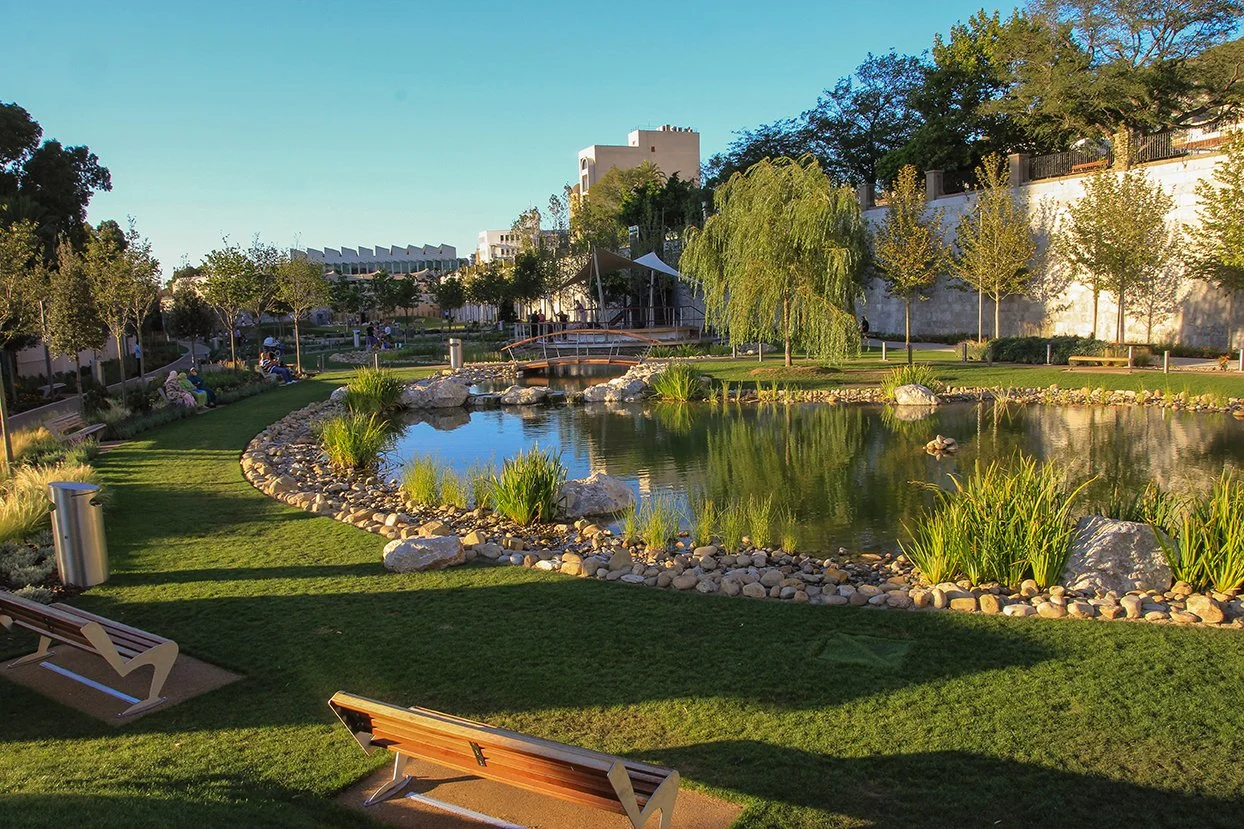10 principles of landscape architecture design
Designed by Nilufer Danis Studio
The concepts of unity, scale, balance, simplicity, variation, emphasis, and sequence as they relate to line, shape, texture, and colour are among the fundamentals of landscape design. These components are linked together.
Creating a functional and aesthetically pleasing outdoor living environment is the process of landscape design, which together is harmonised by all the concepts listed above.
It helps to understand the fundamentals of landscape design if you want to redesign your garden to increase the property value or create a garden for your own enjoyment. By following these basics, you can have your dream garden which is beautiful and balanced.
This guide will offer up principles of landscape design to follow in order to achieve outstanding landscape architectural design.
What is landscape architecture?
The American Society of Landscape Architects (ASLA) answers this question as:
''Landscape architecture involves the planning, design, management, and nurturing of the built and natural environments. With their unique skill set, landscape architects work to improve human and environmental health in all communities. They plan and design parks, campuses, streetscapes, trails, plazas, residences, and other projects that strengthen communities''.
Concept design and master planning which create harmony between buildings and surrounding environment and enable life between the buildings" is often a key role of landscape architects. Landscape architects are frequently involved in the creation of:
Streets, roads and shared paths
Housing developments, apartment complexes and shopping centres
Squares, plazas and gardens
Pocket parks and playgrounds
Cemeteries and memorials
Museums, schools and university campus’
Transportation networks
Regional parks, national parks, forests and waterways
Towns, cities and nations
In addition to designing spaces, landscape architects frequently develop masterplans, frameworks, and strategies for reshaping areas and cities so that everyone can live in a better environment socially, ecologically and economically. By investing in a landscape architect projects, it creates a better living and working environment not just for individuals, but also for the larger community.
10 Landscape Design Principles & Practices of Landscape Architecture
So, what are the landscape design elements? To ensure good design, there are a few basic principles that need to be taken into consideration.
Here are 10 of the most common:
Rhythm
Designed by Nilufer Danis Studio
The repetition of features throughout an area to generate a sense of pace, unity, and flow is referred to as rhythm in landscape design. This can be accomplished through the use of plants, hardscape materials, facilities, and other elements.
Another technique to establish rhythm with plants or hardscaping is to repeat colour themes, such as a specific palette of flowers or foliage, or specific stone or concrete hues. Repeating the same stone on numerous patios across a bigger estate offers a sense of harmony and flow among outdoor areas. Even designing with seasonal plant colours in mind generates a rhythm as the garden grows consistently over seasons and months.
2. Line
Designed by Nilufer Danis Studio
Lines should be utilised to guide visitors into and through the garden. They stimulate the senses. They guide you through the garden and assist frame the perspectives we want to see or don't want to see.
Lines can be straight, curved, vertical, or diagonal. In landscape designs, lines are often utilised to emphasise a feature, regulate movement, or call attention to a focal point like a sculpture, fire pit or water features. A person will inevitably gravitate towards an area that has a walkway or garden path that leads directly to focal points.
Horizontal lines imply stability, tranquillity, and spaciousness and can be utilised to highlight the horizon, create levels, or separate regions. Vertical lines imply height, strength, and formality and can be utilised to highlight a feature, create contrast, or add drama. Diagonal lines imply movement, vitality, and tension, and can be utilised to pique the viewer's interest, lead the eye, or connect distinct regions of the environment. Curved lines imply softness, grace, and naturalness and can be employed to provide fluidity, variation, or intimacy.
Lines might be perceived (implied) or real (actual). Perceived lines are made up of a collection of items arranged to give the impression that a line is present.
3. Scale
Alcazar de Sevilla by Alejo Fernandez
When designing a green space, a sense of scale can be helpful. Keep in mind the relative sizes and distances between the plants because the way in which they blend into their surroundings can have a significant impact on the viewer.
Colour and scale are inextricably linked. They elicit an emotional response. The comparison of landscape values to immovable constructions is referred to as absolute scale. With diverse landscaping elements, two houses of the same size can appear to be distinct. Small trees will make a house appear larger. A larger tree makes a house appear smaller.
Relative scale, like colour, may evoke sensations of calm and relaxation, as well as action and vigour. The low scale is soothing and peaceful. High scale encourages action. As a space filler, high scale is used in large places and around massive buildings. Low and high scale are phrases used to compare landscape items.
Using the Golden Ratio, which is based on the Fobonacci sequence, is a generic scale rule. Since the majority of nature's most basic elements fall within this range by default, the ratio 1.616 is frequently referred to as the "golden proportion of design."
4. Proportion
Designed by Nilufer Danis Studio
The garden's atmosphere is significantly influenced by proportion. When planning the garden, keep in mind that the house plays a crucial role in determining scale; consequently, the size of any nearby trees and other structural elements should be appropriate.
To build a meaningful landscape design, consider the proportion of the landscape. Proportion is the art of seeing the elements of a landscape design in a visually pleasing way. It entails deciding which elements should be the most prominent and then using colour and texture to make these elements appear connected.
5. Order
Roche Campus Kaiseraugst by Bryum
Order is typically referred to as the spatial organisation or layout of the outdoor space, and is frequently attained through balance.
Order is an important aspect of architecture. While the uniqueness of any structure or residence is important, architecture also reflects its historical and cultural setting. Architects have used order principles throughout history to design buildings and dwellings that reflect their aesthetic ideas.
While these ideas are common, it is critical to strike a balance between free expression and order. Boredom and monotony can result from excessive organisational rigidity. As a result, designers must always seek to strike the proper balance between order and innovation.
Massing features or elements into discrete groupings and positioning them around a focal point can also create order.
6. Colour
Designed by Nilufer Danis Studio
The most frequently used (and overused) component in a garden design composition is colour. Reds, yellows, and oranges are examples of warm hues. Blue, green, and purple hues are examples of cool colours.
Landscape flower colour and foliage colour both influence mood. Colour is utilised in landscape design to add visual interest. Colours should be extensively woven into the structure of the design and should be present at different intensities throughout the seasons.
When designing a landscape, colours should be thoughtfully selected. While they are not the most important design principle, they are an important component. Furthermore, selecting the right colours can provide dimension to the overall environment.
Cool colours recede as bright colours move towards the eye. Background and foreground areas should be painted in natural or neutral colours.
7. Texture
Designed by Nilufer Danis Studio
Surface characteristics such as texture can be categorised into three types: coarse, medium, and fine. There are several textures for plants, pavements, and other site components. Contrasting textures provide a landscape interest and ought to be used extensively in design composition.
Textural characteristics of landscape plants and flowers include leaf, flower shape and surface, bark, and stems to create patterns.
Plants with a bold or coarse texture attract the greatest attention. Bold flowers and foliage are eye-catching landscaping that command attention. Many people associate this with plants that reach tremendous heights as well as those with large, beautiful leaves.
Plant textures that are fine or soft have less visual impact. The leaves and blooms on these plants are usually delicate and tiny. Though the plants do not instantly stand out in the garden, they provide a whimsical appearance and are an important part of the overall design. The use of both bold and soft plants in the garden is vital for creating an eye-catching and coherent flower bed or border.
8. Form
Malmesbury Abbey Gardens developed by the Pollard
The concept of forms is related to three-dimensional objects. Plants might be spherical, tall, spreading, or any other shape. A landscape has a flowing, natural sense when a spherical plant follows a curved bedline.
On the other hand, a towering or columnar plant situated along a linear walk has a more formal and stiff appearance.
When plants are gathered in a mass, they may also change shape and form.
Singular forms in a design composition become secondary to the composition's overall mass when seen as a whole.
9. Repetition
Designed by Nilufer Danis Studio
When creating patterns or a sequence in a landscape design, repetition can refer to the use of features or elements continually. The employment of the same colour, texture, or form repeatedly throughout the landscape is another straightforward method. The rhythm of the landscape is created through repeating line, form, colour, and texture.
Furthermore, when using repetition, odd numbers appear more natural and are often more pleasing to the eye than even numbers. Even numbers, on the other hand, are acceptable if you want a more formal landscape. When duplicating garden patterns, shape is also important. For example, you can use rounded plants like shrubs or impatiens, as well as vertical lines like trees and lilies.
Using pots of the same general shape or colour is another approach to establish repetition. Other than plants, you can repeat elements. Consider repetition of colour or texture with brick planters or plants with reddish brown foliage, for example, if your house is built of brick. A crimson door, for example, can be easily replicated with red flowers or reddish foliage.
10. Create unity
Designed by Nilufer Danis Studio
If the other landscape principles have been properly applied throughout the entire landscape, the principle of unity can be measured with ease. Simply put, unity in design refers to how well each individual component of the landscape functions as a whole. A space is unified by its combination of colours, shapes, sizes, textures, and other elements.
To have a visually pleasing landscape, lighting, unique features, planting bed designs, and hardscapes like walkways must all work together.
Start by deciding on a theme to bring your landscape design together. Think about your favourite plants, the seasons, and even mood before deciding on the rest of the design.
You can create a gorgeous landscape design that reflects your personality and way of life by following these steps.
Looking for a landscape architect in London?
It can be a really rewarding experience to work with a qualified landscape designer. Professional designers can help you realise your ideas while avoiding costly errors. The characteristics of the location, design principles, style, seasonal variations, plant needs, plant positioning, constraints, nature, and your vision are all taken into account when bringing it all together.
Landscape designers with horticultural training can create attractive and really useful outdoor settings to suit your needs. A landscape designer can help you minimise mistakes and increase the return on your investment.
With our award-winning design concepts, details and solutions, our internationally recognized landscape architecture team assists our clients to increase the value of their architectural projects while providing a full landscape design and project management service.
We have experience in a wide range of projects including private gardens, residential, public realm, leisure, education, parks and show gardens.
We work with many other successful architects, interior designers, developers and property management consultancies..
Take a look at our past projects for further information to see how we can help create a high quality, innovative and sustainable landscape design that will add value and beauty to your projects.
Get in touch today to discuss your upcoming landscape architecture project!
Landscape architecture design principles FAQs
What are the design elements of landscape architecture?
It can be a really rewarding experience to work with a qualified landscape designer. Professional designers can help you realise your ideas while avoiding costly errors. The characteristics of the location, seasonal variations, plant needs, plant positioning, nature, and your vision are all taken into account when putting it all together.
Someone with horticultural training can create stunning and really useful outdoor settings to suit your needs. A landscape designer can help you minimise mistakes and increase the return on your investment.
What makes a good landscape architect?
Landscape architects should have the following specific qualifications:
1. Artistic skills and creativity
2. Analytical thinking and problem-solving skills
4. Design skills and knowledge
5. Technical knowledge of construction.
6. Plant and horticultural knowledge
7. Being innovative
8. Communication skills
9. Maths skills


